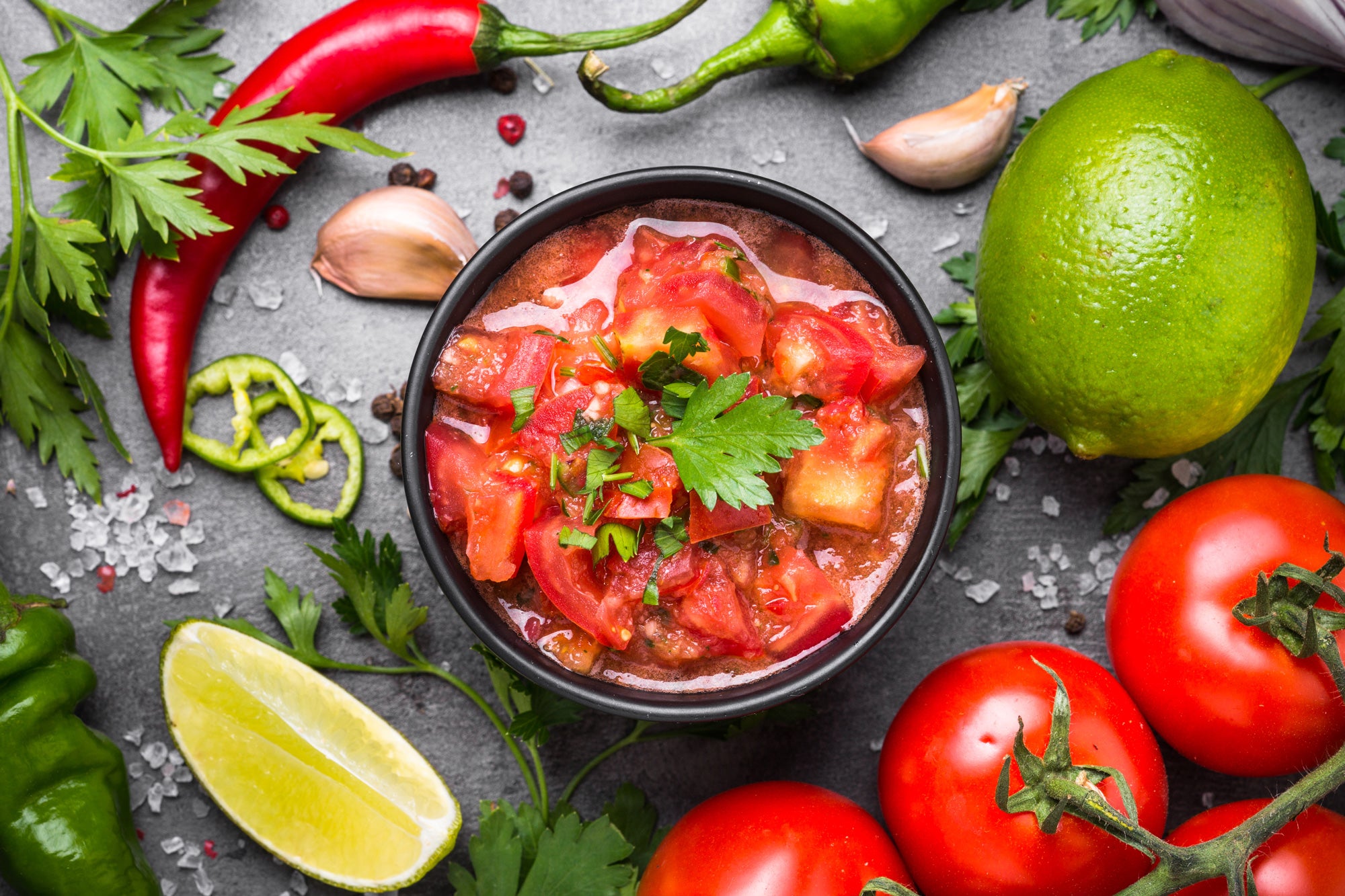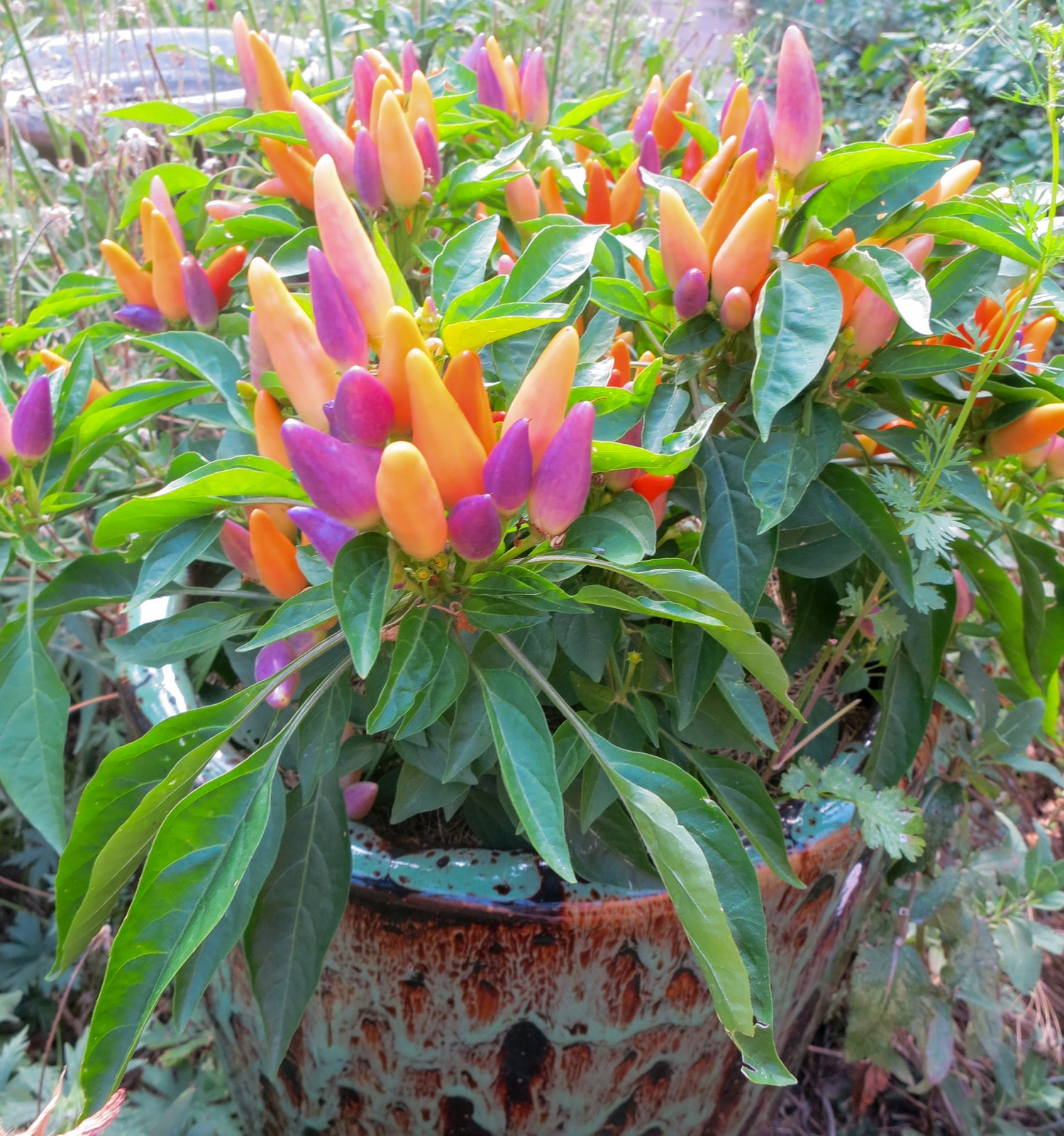
There are several things you can do to help ensure an early tomato harvest:
-
Choose an early maturing variety: Below is a chart with the earliest tomatoes Sandia Seed Company offers for early season success.
-
The warmer the soil, the better: Consider laying black or red plastic over the planting area. This will warm the soil, and the red plastic reflects UV light up onto the undersides of the tomato leaves, which helps with photosynthesis.
-
Grow your tomatoes in a raised bed garden: The soil in raised beds dries out earlier in spring and warms up more quickly than traditional garden beds as well.
-
Use light and micro-climates to your advantage: If possible, take advantage of southern exposures and warm fences or walls for additional warmth.
-
Have frost protection measures in place: Even though early season varieties can generally withstand cool temperatures; a frost will still damage them. Consider installing framing for a low tunnel or have sheets or floating row covers on hand if frost threatens. The ‘Wall O' Water’ teepees are a great option as well.
Chart Summary:
The designation F1 Hybrid is an intentional cross made between two distinct and stable tomatoes, using one as the male parent and the other as the female. An F1 of first generation/hybrid should have better-than-average vigor and produce earlier, more uniform tomatoes and higher yields.
Determinate tomatoes are bred to have a finite plant size. Once a determinite reaches its genetically programmed height, its stems produce terminal flower clusters that halt further stem growth. All determinite tomatoes ripen in a concentrated period, usually six weeks or less.
Plant height and days to maturity will vary with your individual growing conditions. Use these numbers as acceptable, and roughly accurate approximations.
*Maturity days in this chart indicate the length of time from transplanting outside to the time you can harvest the first tomato. However, the maturity time from dry seed to ripe tomato can add an additional 50 days longer to the listed days. The additional 50 days includes the number of days until the seed germinates, about 8 days, and the number of days the plant is growing indoors plus the hardening off process, about 42 days.
Find more growing tips & all of our
short season tomatoes and peppers
in our Seed Catalog!





















